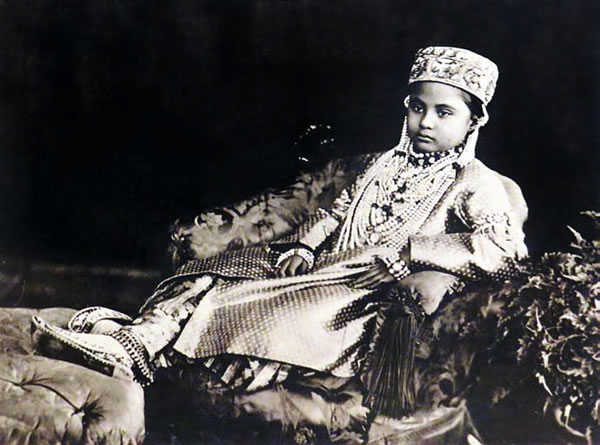Framing Representations Indian Women in Early Photography
– Surabhi Sharman
The 19th century witnessed the growing acceptance of western modernity in India, and as a result, a counter ideology of the New Indian Woman began to permeate into the nationalist discourse. rooted in the growth of nationalism and contemporary events, the position of the modern Indian woman was based on the dichotomy between the values of the east and the west. the historian Partha Chatterjee argued that the woman’s question that dominated the nationalist discourse in the 19th century, led to the emergence of two separate worlds – the inner, and the external realm – the Ghar and the Bahir. the inner realm was the spiritual abode, the realm of the woman, while the external realm was the material world, the realm of the man. For the nationalists, the modern Indian woman, even though confined to the space of her home, was not borne out of medieval ideologies. she was educated, spiritual, and the upholder of traditional Indian values. In the visual world of the 19th century, the creation of the image of Bharat mata in 1905 during the partition of Bengal sealed the image of the ideal woman, who was now being seen as a spiritual goddess by the nationalists.

The Zenana photo studio of Lala Deen Dayal in Hyderabad, who had been an employee of the Public Works Department, and had become interested in photography, was one the earliest of its kind. It was headed by Mrs. KennyLevick, who was the wife of the editor of the Deccan Herald and photographed the women without having them to give up on the social norms of modesty that were expected from them.
